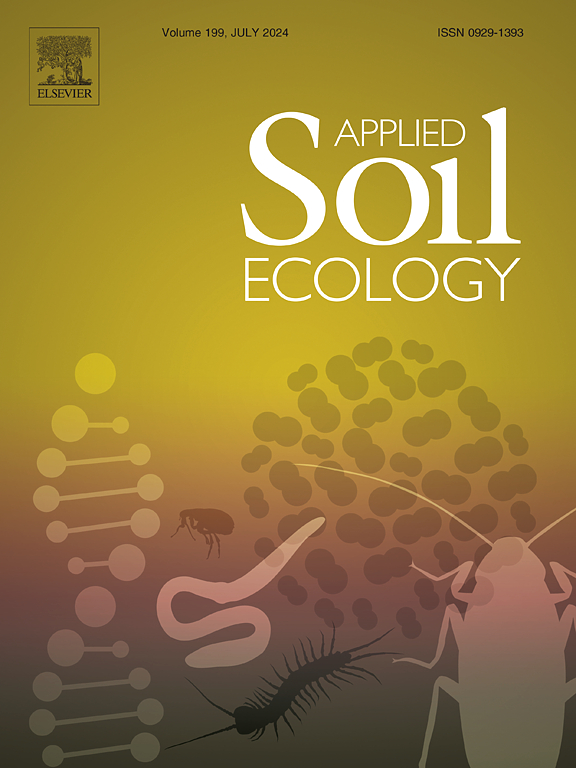土壤硅藻及其作为环境变化指示物的应用
IF 5
2区 农林科学
Q1 SOIL SCIENCE
引用次数: 0
摘要
硅藻是一种普遍存在的单细胞微藻,在生态系统中起着至关重要的作用,是监测水生和陆地生境环境条件的生物指标。虽然对海洋和淡水硅藻进行了广泛的研究,但对土壤硅藻的研究仍然有限。许多研究都集中在土壤中硅藻的指示特性上,但没有充分认识它们的生态作用。了解不同地理区域土壤硅藻组合及其多样性对提高其在环境研究中的应用具有重要意义。本文综述了全球土壤硅藻研究的现状,分析了谷歌学者发表的122项研究。它探讨了关键方面,包括土壤硅藻研究的历史发展、分类进展、生态相互作用及其在环境监测中的应用。土壤硅藻不仅具有重要的生态意义,而且受到自然和人为因素的影响,影响土壤质量。森林和农业用地上的人类活动加剧了污染,因此需要以土壤硅藻为基础的指数来评估土壤健康。然而,现有的评价主要依赖于特定污染敏感性指数等水生指标,强调了土壤特定污染指数的必要性。本文在综合现有知识的基础上,强调了土壤硅藻在生态研究和环境评价中的重要性。未来的研究应关注其生态功能,并有针对性地开发基于土壤硅藻的监测工具,以加强土壤管理、环境监测和污染评价策略。本文章由计算机程序翻译,如有差异,请以英文原文为准。
Soil diatoms and their applications as an indicator of environmental changes
Diatoms are ubiquitous unicellular microalgae that play a crucial role in ecosystems and serve as bioindicators for monitoring environmental conditions in aquatic and terrestrial habitats. While extensive research has been conducted on marine and freshwater diatoms, studies on soil diatoms remain limited. Numerous studies have concentrated on the indicator properties of diatoms in soil without adequately understanding their ecological roles. Understanding soil diatom assemblages and their diversity across different geographical regions is essential for improving their application in environmental studies. This review examines the current state of soil diatom research globally, analyzing 122 studies from Google Scholar. It explores key aspects, including the historical development of soil diatom research, taxonomic advancements, ecological interactions, and their application in environmental monitoring. Despite their ecological significance, soil diatoms are influenced by natural and anthropogenic factors, impacting soil quality. Human activities in forests and agricultural lands have contributed to pollution, underscoring the need for soil diatom-based indices to assess soil health. However, existing assessments primarily rely on aquatic indices, such as the Specific Pollution Sensitivity Index, highlighting the necessity for soil-specific pollution indices. By synthesizing current knowledge, this review emphasizes the importance of soil diatoms in ecological studies and environmental assessments. Future research should focus on their ecological functions and develop targeted soil diatom-based monitoring tools to enhance soil management, environmental monitoring, and pollution assessment strategies.
求助全文
通过发布文献求助,成功后即可免费获取论文全文。
去求助
来源期刊

Applied Soil Ecology
农林科学-土壤科学
CiteScore
9.70
自引率
4.20%
发文量
363
审稿时长
5.3 months
期刊介绍:
Applied Soil Ecology addresses the role of soil organisms and their interactions in relation to: sustainability and productivity, nutrient cycling and other soil processes, the maintenance of soil functions, the impact of human activities on soil ecosystems and bio(techno)logical control of soil-inhabiting pests, diseases and weeds.
 求助内容:
求助内容: 应助结果提醒方式:
应助结果提醒方式:


